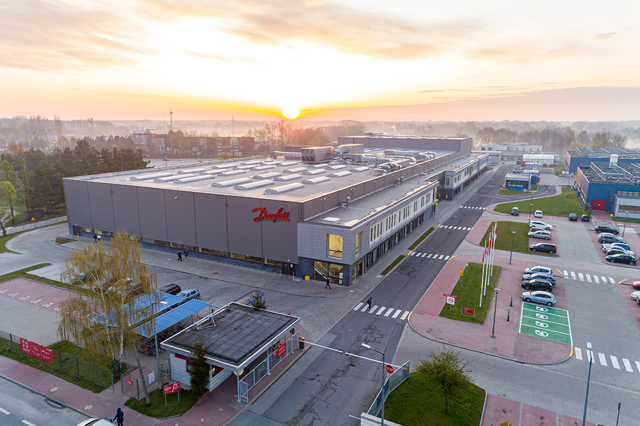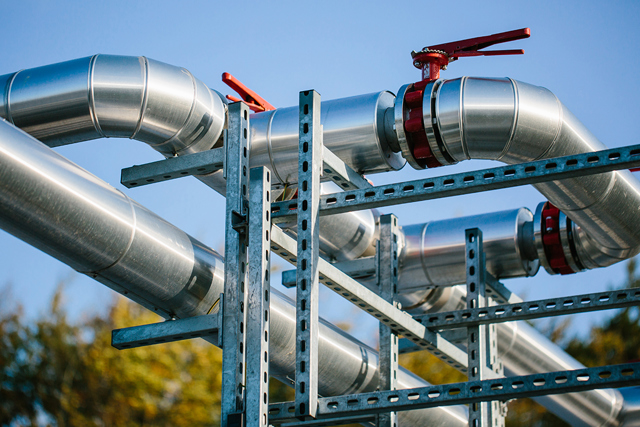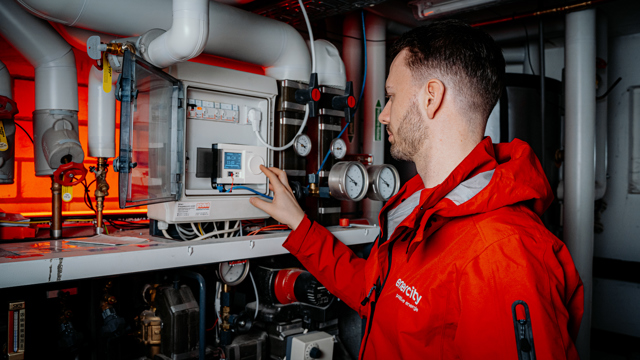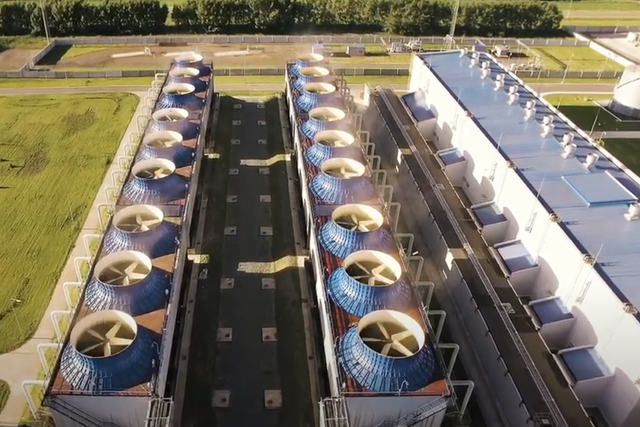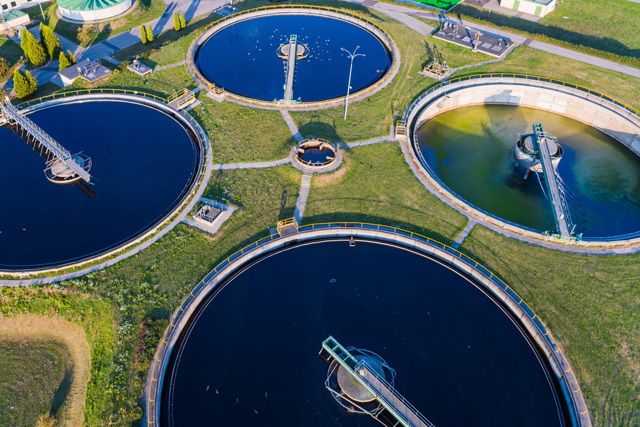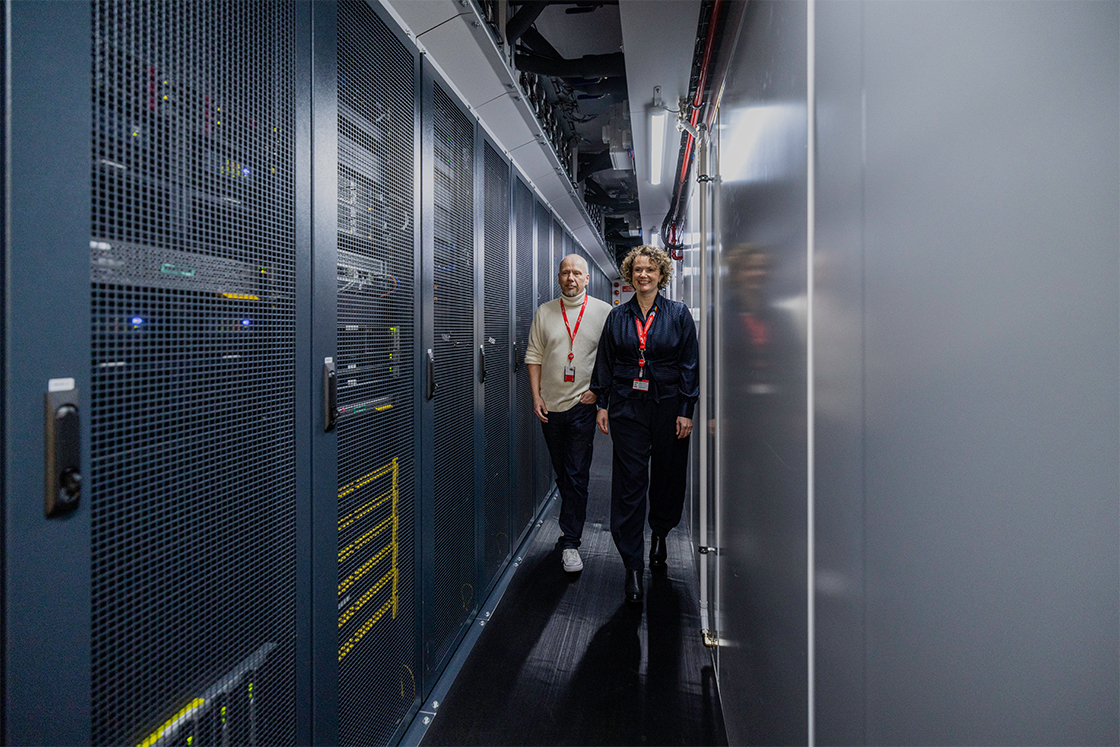
Understanding digitalization and its role in the energy system
Digital transformation in the energy industry is revolutionizing our energy system. According to the IEA, investment in grid-related digital technologies grew by more than 50% from 2015-2022 - a trend which is only expected to grow as digital technologies advance.[1] Whether to increase flexibility, drive down costs, or better integrate renewables into the energy mix, these digitalization trends are key to building an energy system built for a net-zero future.
However, energy digitalization has also brought with it a host of new challenges for leaders to tackle head-on. Already today, digital technologies directly account for 2% of energy-related greenhouse gas emissions.[2] Many of these emissions come from the vast amounts of energy needed to power and cool data centers, which serve as the backbone of these digital networks. In fact, in 2022 data centers accounted for 1-1.3% of global final electricity demand,[3] over 60% of which is still generated with unabated fossil fuels.[4]
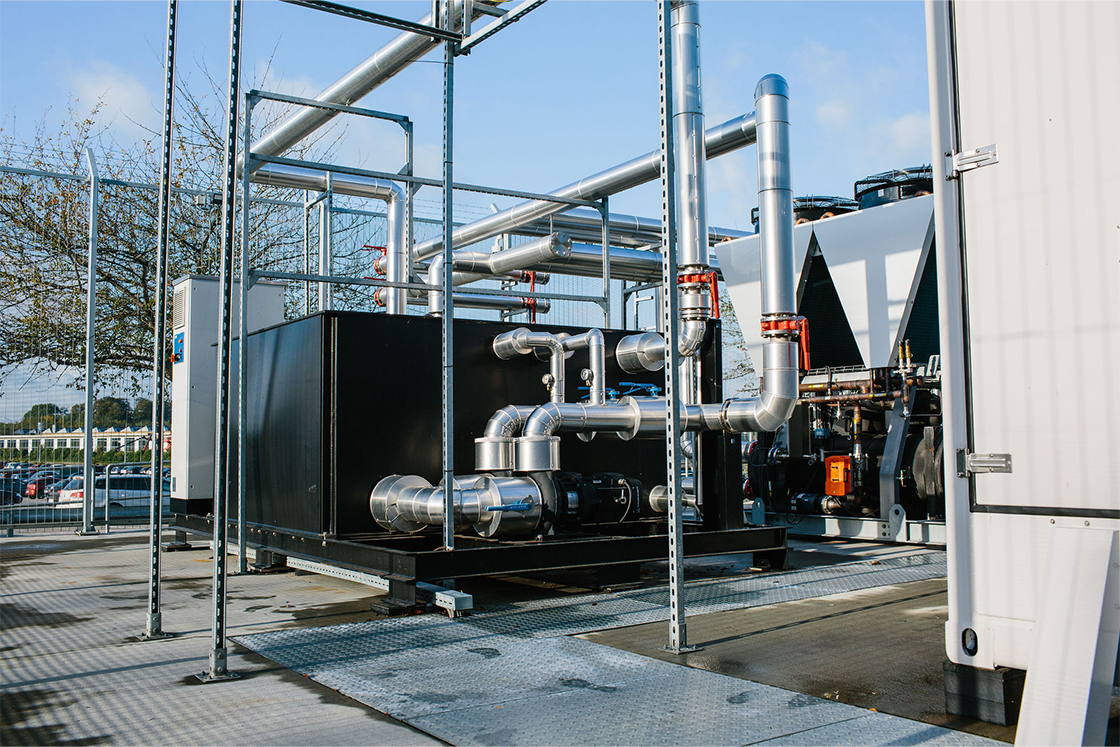
Using digital tools to tackle data emissions
Increased use of digital solutions and tools helps to reduce emissions and use energy more efficiently, but it also increases demand for energy-intensive digital infrastructure – namely, data centers and data transmission networks. In fact, data centers consumed 240-340 TWh of electricity in 2022, or around 1.3% of global final electricity demand.[6] To reduce the carbon footprint, it is crucial to both optimize the energy efficiency of the cooling systems in the data centers and to use the excess heat from the data centers.
Digital tools in action
How to leverage digital technologies
There is considerable potential for digital technologies to boost productivity, reduce emissions, and increase automation across every aspect of industrial production, from increasing demand-side flexibility to automating HVAC and lighting systems.
In fact, an analysis from Accenture and the World Economic Forum found that by 2050, digital technologies can reduce global emissions by 20% in the three highest-emitting sectors: energy, materials, and mobility.[5] According to the analysis, one of the main drivers of these emissions savings is digital technologies that enable industries to improve energy efficiency, such as artificial intelligence (AI) and digital twins.

How digitalization enhances energy system flexibility
At the grid level, one of our primary hopes for addressing increased energy demand is by optimizing demand-side flexibility. Fortunately, this is where digital tools show great potential. In a future energy system run on renewable energy sources, there will be mismatches between energy consumption and production. Digital technologies can identify and optimize these mismatches to use energy at the right time, enabling us to save energy, money, and emissions. In fact, by maximizing the potential of demand-side flexibility, the EU and UK can annually save 40 million tons of CO2 emissions, achieve annual societal cost savings of €10.5 billion by 2030, and save households an average of 7% on their electricity bills.[7]
The greatest transformational potential for digitalization is its ability to break down boundaries between energy sectors, increasing flexibility and enabling integration across entire systems.

Digitalization is a key enabler of sector integration
Digital technologies help manage the increasingly complex district energy systems in the heating and cooling sector. By integrating renewable energy sources and connecting thermal and electricity infrastructures, digital tools decide when and where to deploy each energy source. This makes it possible to switch from one source to another in a matter of minutes.
Understanding and predicting demand is key to the successful integration of energy sectors and the optimization of the whole chain. By using AI, centralized heating can be controlled and optimized according to weather, ventilation, and the inhabitants’ living patterns. The benefits of demand response for a district heating system are significant: calculations from hundreds of sites that have implemented this type of intelligent demand response show average savings in peak power of 20%.
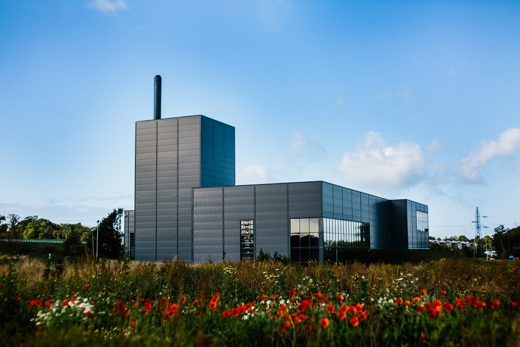
The role digitalization will play in district energy
Digital solutions will play a key role in connecting district energy to the wider energy system and managing complex networks by collecting data, predicting consumption patterns, and adjusting heat or cold supply, making the whole energy system smarter, more efficient, and more reliable.

